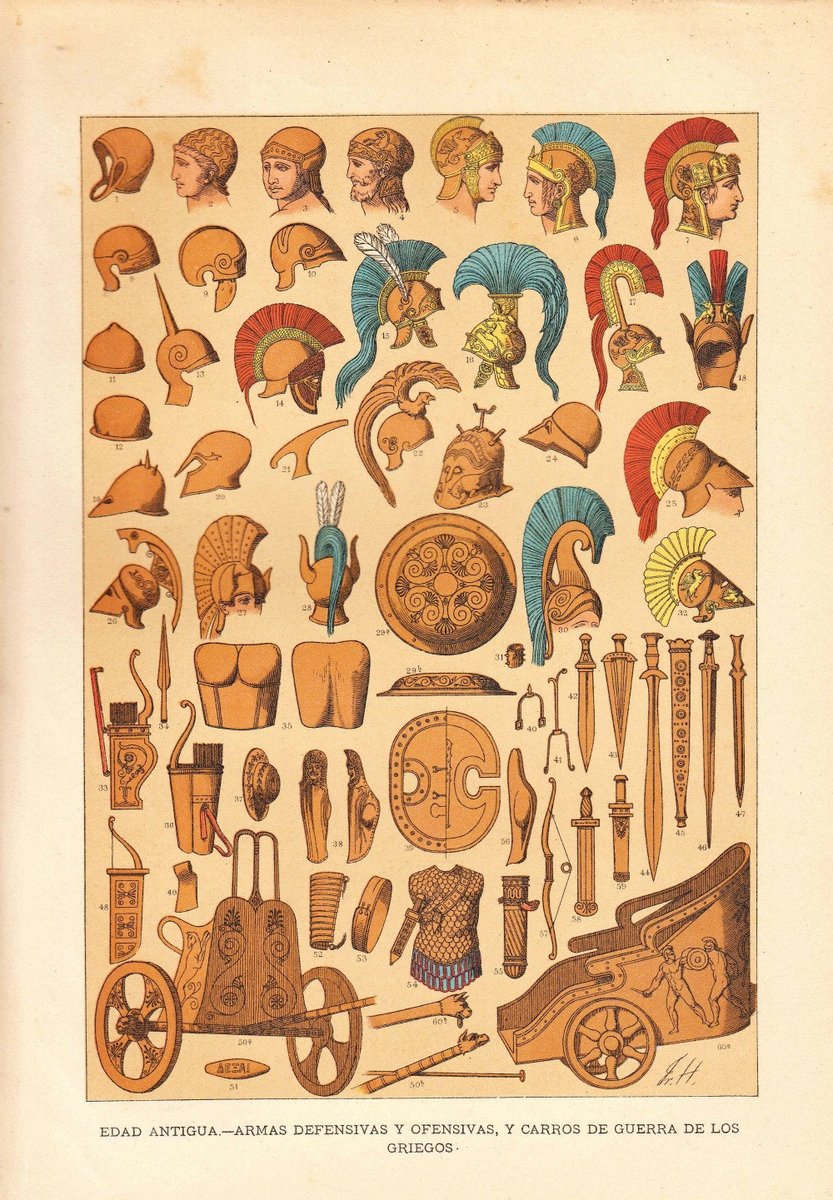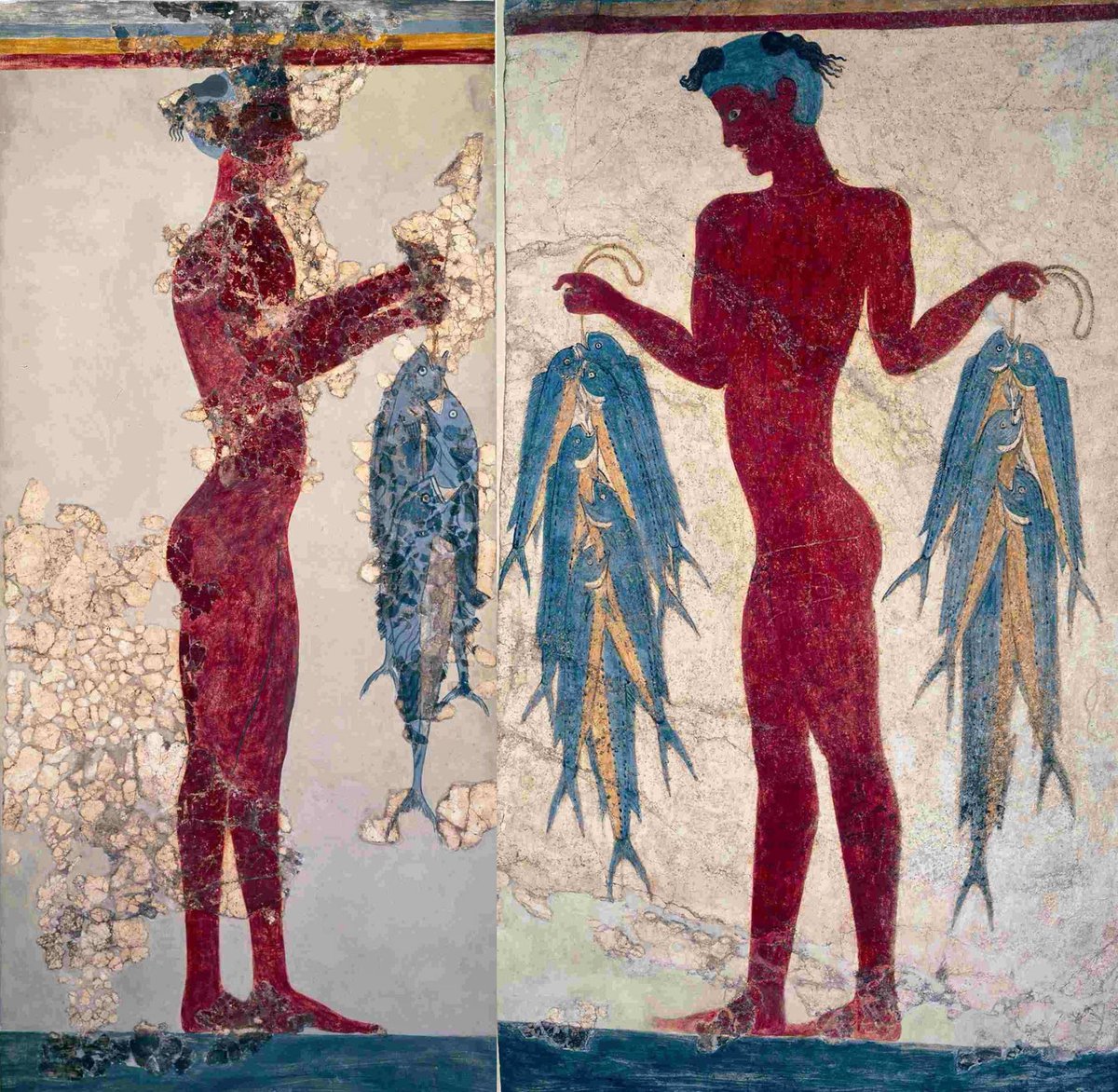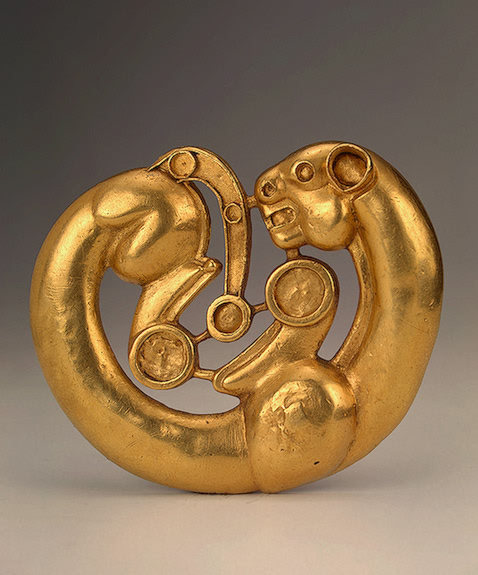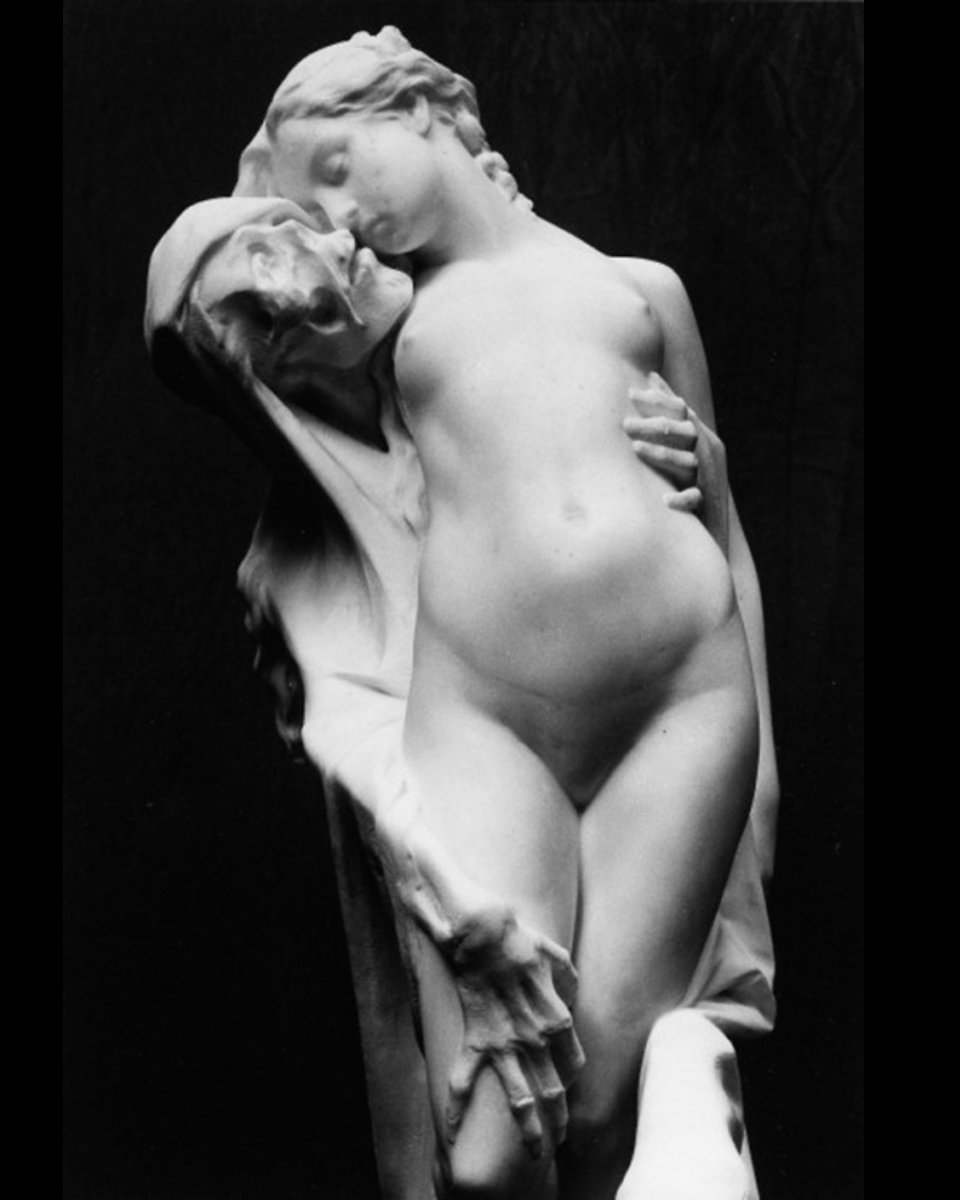1776
1777
1779
1780
1781
1782
1783
1784
1785
1786
1787
1788
1789
1790
1791
1792
1793
1794
Our designs inspired by antiquity: archaeostore.com
1795
1797
1799
1800

























